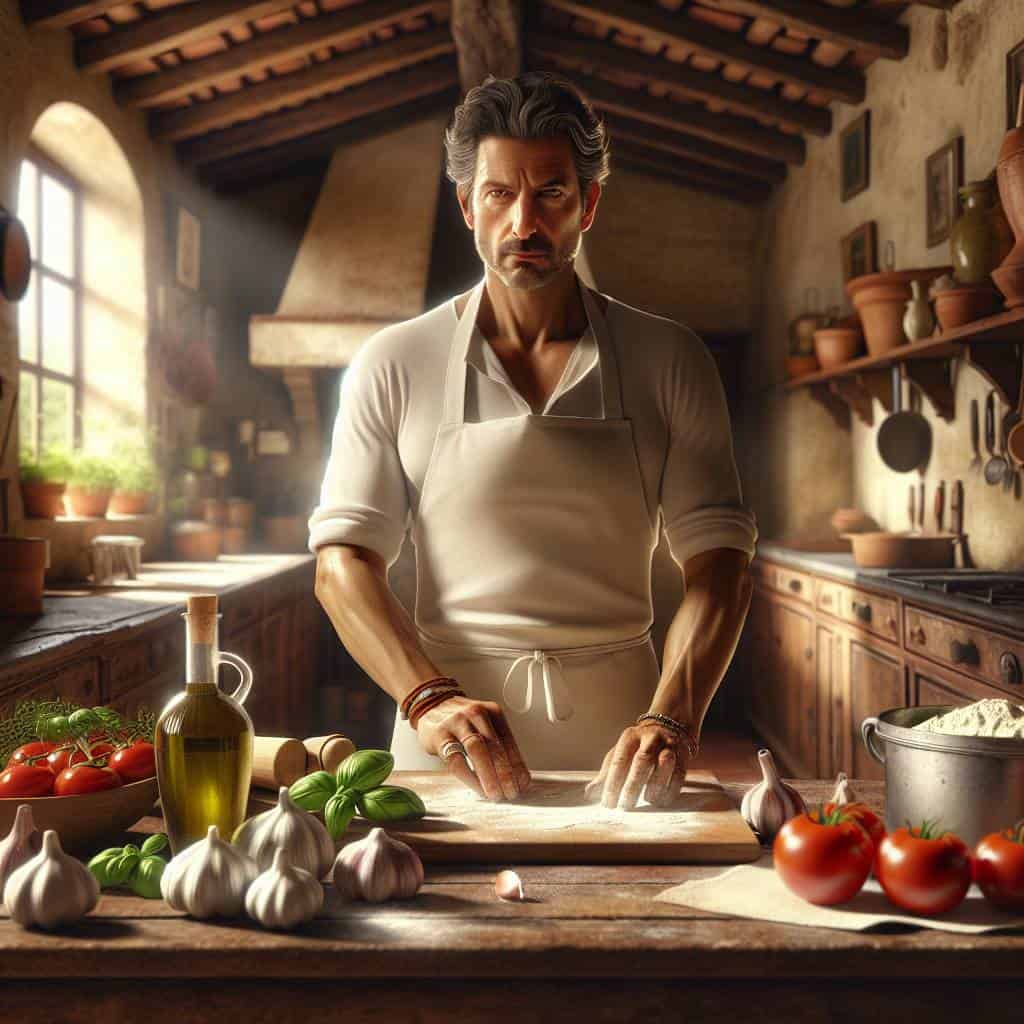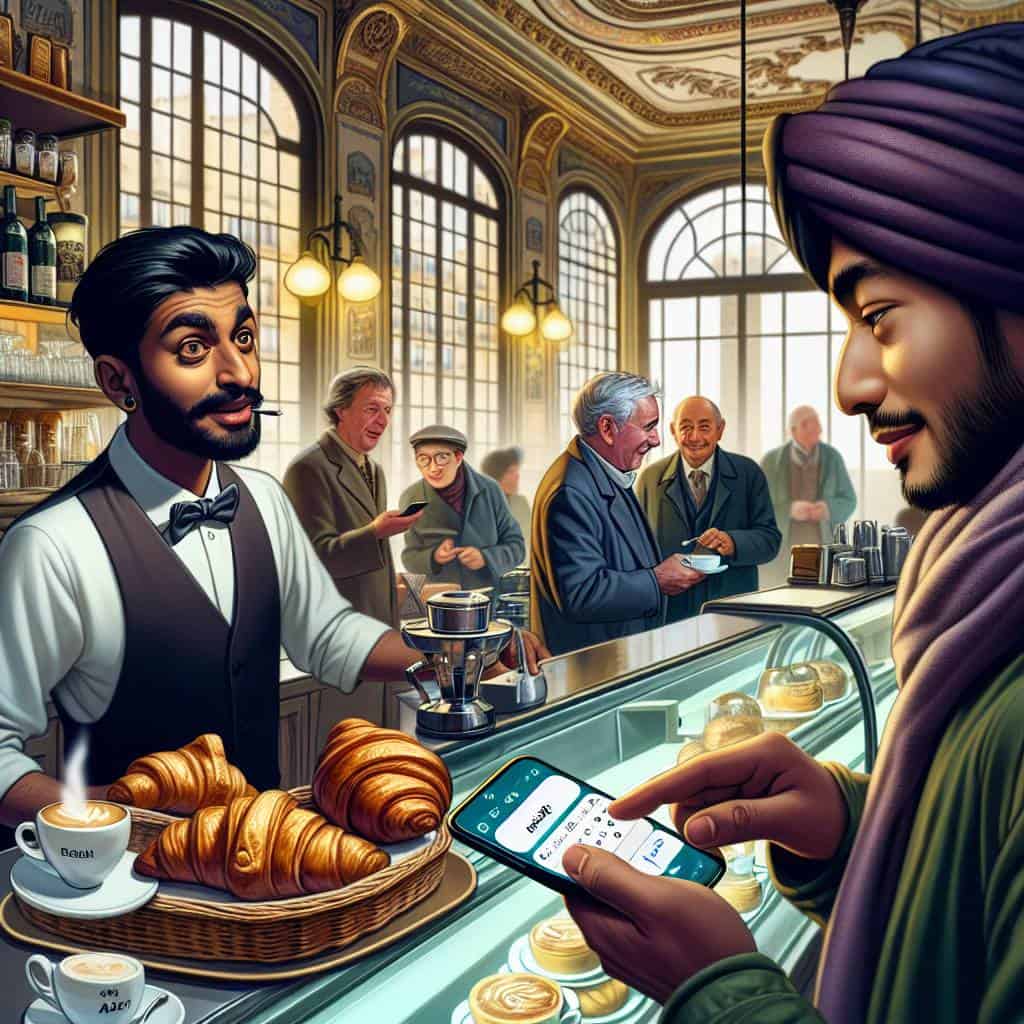I found myself in a Tuscan kitchen, apron tied haphazardly, as the fiery-eyed chef scrutinized my every move. It was the kind of place where authenticity meant more than just fresh ingredients; it was a test of survival. The room was thick with the rich aroma of simmering tomatoes and the sharp bite of garlic, but all I could focus on was not making a fool of myself. The chef, who looked like he was carved out of the same stone as the surrounding hills, barked in rapid Italian, presumably questioning my ability to stir a pot without setting it ablaze. This was my introduction to the so-called “charm” of a Tuscan cooking class—a baptism by fire, quite literally.

So why did I sign up for this culinary hazing? Because beneath the gruff exterior and the kitchen chaos lies a genuine experience worth every euro. This isn’t about perfect pasta or Instagram-worthy plating. It’s about immersing oneself in the raw, unvarnished heart of Italian cooking. In this article, we’ll unravel what really happens when you trade your comfort zone for a kitchen full of passion and tradition. Expect tales of unexpected mishaps, hard-won wisdom, and the real value behind those rustic Tuscan flavors. If you’ve ever wondered what it takes to earn a nod of approval from an old-school Italian chef, stick around. You’re in for a ride.
Table of Contents
Did I Really Learn How to Make ‘Authentic’ Pasta, or Just Fake It?
Standing in that Tuscan kitchen, flour dusting my hands like a badge of honor, I had to ask myself: Was I truly learning the art of pasta, or just mastering the illusion? The experience was raw, not the kind you’d find in a glossy brochure. It was more like a culinary boot camp led by a grizzled chef who had probably forgotten more about pasta than I could ever hope to know. As he barked instructions in rapid-fire Italian, I realized that “authentic” is a slippery concept. Does authenticity mean replicating centuries-old techniques with precision? Or is it about capturing the spirit of the thing, the love and chaos that make a dish truly Italian?
In those moments of fumbling with dough, I felt the weight of history and tradition, but also the freedom to reinterpret. Maybe I wasn’t quite an Italian nonna reincarnate, but I was learning something far more valuable—the confidence to dive into the process, mistakes and all. Sure, my pasta might not win any awards. And yes, the chef’s disapproving glare suggested I still had much to learn. But I left with a taste of something real, a slice of the messy, imperfect journey that makes food—and life itself—so intensely satisfying. Authenticity isn’t a destination; it’s the path you carve out with your own hands.
The Raw Taste of Truth in Tuscany
In a Tuscan cooking class, you won’t find neatly packaged experiences. What you get is the unvarnished reality of what it means to truly learn – where value is measured not in money, but in the authenticity of your mistakes.
The Bitter Aftertaste of ‘Authenticity’
As I left that Tuscan kitchen, the taste of overcooked pasta still lingering in my mouth, I realized something. Authenticity isn’t about mastering a recipe or perfecting a technique. It’s about the raw, unfiltered moments that shake you—like an old man barking at you for burning garlic. It’s messy, uncomfortable, and sometimes even infuriating. But that’s where the value lies, in those imperfect experiences that challenge your notions of what ‘authentic’ truly means.
In the end, did I learn to cook like a true Italian? Probably not. But I did learn something more valuable—how to embrace the chaos of an experience and find meaning in it. It’s not about the pristine image of a Tuscan culinary adventure sold to wide-eyed tourists. It’s about the reality of standing in a hot kitchen, fumbling through a foreign language, and laughing at your own mistakes. And that’s worth more than any perfectly plated dish.


